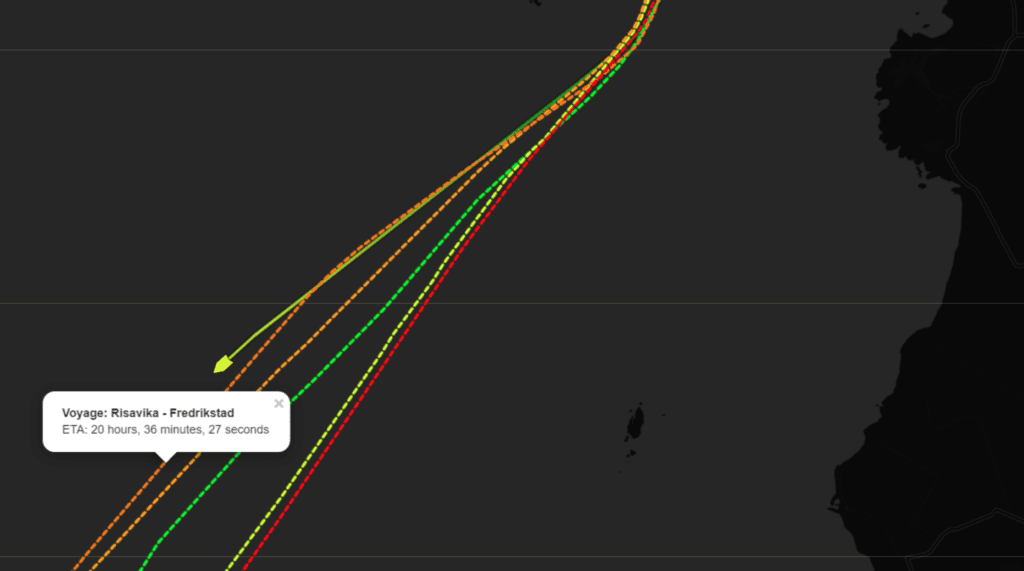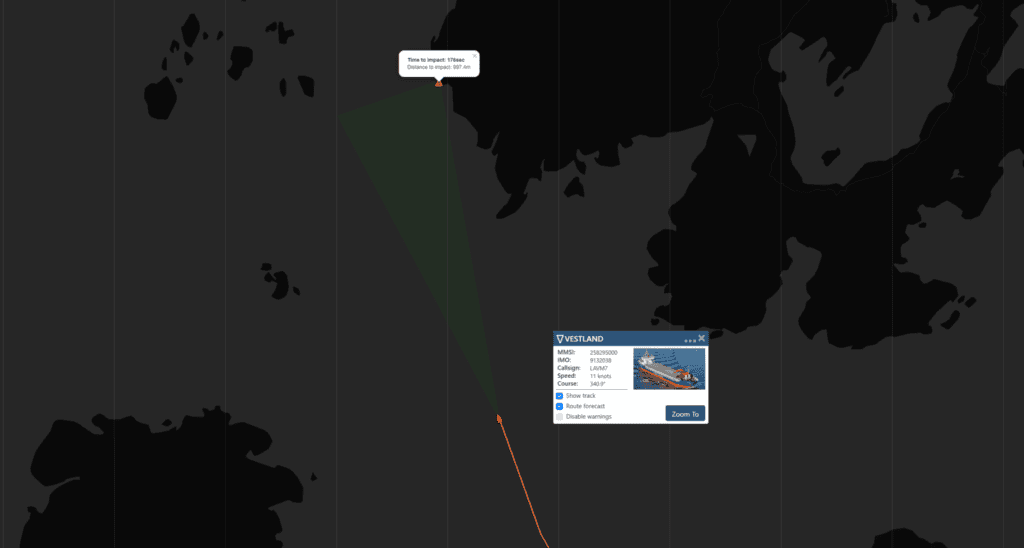They´re fun to be around, too! On their behalf I´m excited to share with you more details about the latest super-useful addition to our portfolio: a cutting-edge algorithm that reliably predicts ETA for port calls and other key variables for all types of short-sea vessel. How cool is that!

You already know Grieg Connect as a reliable partner providing robust ERP solutions and mobile apps for ports and terminals, ISPS admin, and warning systems for passenger vessels. We´re going one step further with this pioneering add-on. It´s a win-win for ports and harbors, maritime authorities, and every VTS station from here to Vladivostok.
Uncertainty over when ships are going to turn up has always been a bugbear for ports and stakeholders on the quayside. Early or late arrivals disrupt optimal delivery of services, with obvious knock-on effects. Slots may be empty when they should be taken, or busy when they should be open. This kind of bottleneck irritates the whole value chain. So we gave ourselves a mission: to make day-to-day business more predictable for our clients.

What´s in it for you?
With our ETA algorithm you´ll be able to take action to avoid bottlenecks and improve efficiency in slot management. You can ask a ship to adjust its speed to arrive at a slot at a given time. Prompt delivery of quayside services will delight your shipping customers and boost your competitive edge. Improving efficiency can also save you money, lower your carbon footprint and indirectly reduce vessel fuel consumption.
It´s all about machine learning (aka artificial intelligence). Today it´s everywhere, simplifying our lives in countless ways from rideshare apps to preference searches on Amazon. Stuff you no longer even think about.

Smart guys use smart data
We´ve been working with AIS and weather data on the Norwegian coast for more than a decade (1) , so it was natural for us and our friends at NoIS (Norconsult Information Systems) to leverage the power of smart data in our field of expertise as well.
The team designed a predictive model for vessel behavior that features sexy integral components including CatBoost, Dynamic Time Warping (DTW), the clustering algorithm HBDSCAN and pattern recognition algorithm k nearest neighbor (knn). Don´t ask me what they do, but they work! (I thought CatBoost was a food supplement for felines, and when they said DTW I was thinking something out of Star Trek.)
Adding weather and wave data, they then got busy with statistical calculations, spatial analysis, and good old-fashioned mathematics (a necessary evil) to test the tool on historical AIS data and real-time voyages. By assessing gravity vectors, past behavior, and estimated projection including mathematical deviations to speed and environmental factors, they arrived at a remarkably reliable ETA.

But you need a really rich set of data to be able to, for example, form an opinion on seasonal ETA variations and separate out ETA according to vessel type. The data works like tossing a die; the more you toss the die, the closer you´ll get to the median. Similarly, in addition to past and real-time AIS data, the software gets closer to the median for every live voyage performed. Predicting ETA at that level is an unbeatable business tool. That’s the magic of machine learning.
Great value for money
We´re focusing on ETA commercially right now, at a very reasonable price. It´s had a great reception in the market and we already have projects on the go. We´re offering it as part of our existing portfolio for ports and harbors in the Nordics, and as a standalone product that can be easily integrated using an API into third-party systems elsewhere.
It became clear to our team very early on that the algorithm also had wider applications – for destination (and route) prediction, deviation (anomaly) detection, and powered grounding detection. Right now, we´re working on integrating these additional functionalities into the ETA package, so watch this space.

The safety imperative
Grounding prediction is particularly potent safety tool. It triggers a warning if a vessel deviates in a certain pattern from routes already mapped with standard and maximum deviation vectors. Information on time to impact, speed, course, and distance to closest point will be made available. When tested on past live data, we found that more than 70% of groundings along the Norwegian coast could have been prevented if the danger had been detected early enough (2). This kind of innovation is even more relevant when it comes to potentially saving lives.
Machine learning is also the backbone of innovation in autonomous vessels. We´re not there yet, but when vessels are ready to sail autonomously, voyage planning software will be predictive insofar as it will select routes based on rich patterns and weather data. We´re going in the same direction at Grieg Connect.
Being involved in the ETA development process has taught me a lot about AI. But it still amazes me that a system can teach itself without being explicitly programmed. I´ve also developed a much deeper respect for statistics!
